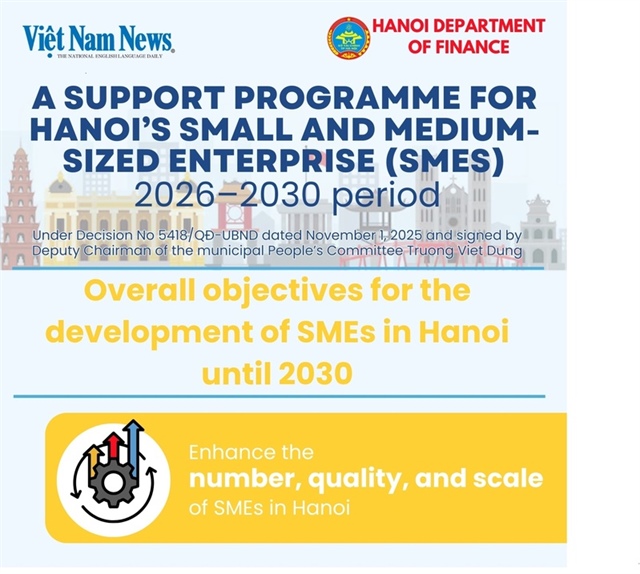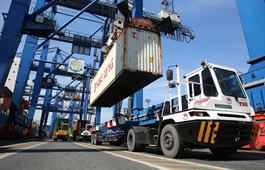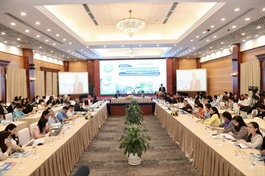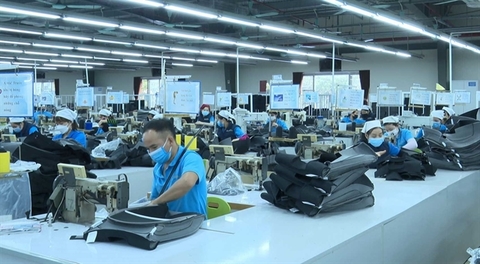Investment in small airports helps local economies take off: experts
Investment in small airports helps local economies take off: experts
Local and foreign experts weighed up the benefits of investing in small airports, and whether such plans could help local economies grow.
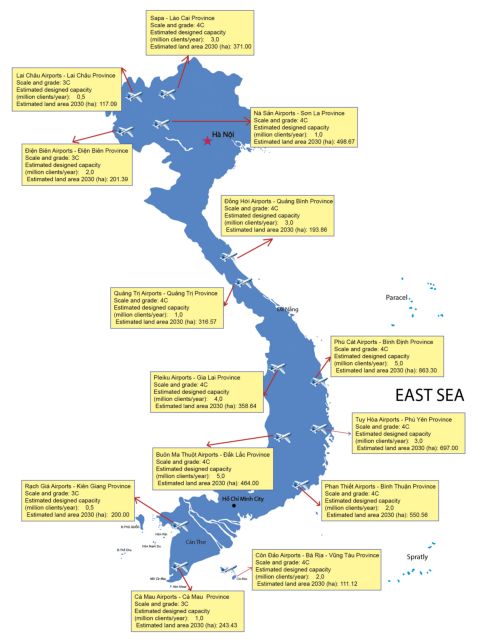
The issues were discussed at a round table held yesterday in Ha Noi by Vietnam Investment Review with the participation of speakers from local and international organisations.
According to the International Air Transport Association (IATA), Viet Nam ranks first on the list of 25 countries with the fastest recovery in the domestic aviation market post-pandemic.
Before the COVID-19 pandemic, the country's aviation sector had been growing at a double-digit rate, averaging 15.8 per cent annually.
The IATA forecasts that by 2035, Vietnamese airlines will serve up to 136 million passengers and contribute $23 billion to GDP. However, the existing airport system, especially small airports such as Con Dao, Cat Bi, Phu Quoc, Lien Khuong, and Cam Ranh, is overloaded.
In Viet Nam, airlines and airports contribute significantly to the economic growth of localities and the wider country. In 2019, the aviation industry, including passenger spending, contributed US$12.5 billion to the country's GDP.
Michel Werson, chief economist at NACO – part of Royal HaskoningDHV – said: “Along with the role of transport linkage, small airports will contribute to creating many other economic values. Notably, they will create benefits for investors and generate jobs for people. The small airport is a factor to attract investment capital inflow to localities and then contribute to the state budget.”
Small airports would also wake up the tourism potential of various localities. For example, following a major expansion between 2017-2018, Phu Quoc International Airport had been an important international gateway to many iconic destinations and made significant contributions to the socioeconomic development of the 'Pearl Island.' Before the pandemic, Phu Quoc's economy was growing by an average of 27.52 per cent per year, and tourism revenue was rising by up to 43 per cent per year.
Cam Ranh International Airport was another outstanding example. In 2004, the airport only served 270,000 passengers. In 2019, the airport saw tourist arrivals grow nearly 40-fold, receiving over 10 million passengers, of which more than 3.5 million were international tourists. The government approved an upgrade for Cam Ranh International Airport to have an annual capacity of 25 million passengers by 2030 and 36 million by 2050.
The ground-breaking ceremony of Sapa airport in March 2022 has turned the dreams and aspirations of provincial leaders and local ethnic minorities into a reality. Once completed, the airport is expected to boost the economy and tourist development in Lao Cai.
Confronted by ever-crowding airports, experts at the roundtable agreed that the construction of a major airport was needed to accommodate the soaring growth.
At the roundtable, Nguyen Trong Hai, Vice Chairman of Lao Cai Provincial People's Committee, said Lao Cai is a mountainous province with difficult terrain but is blessed with natural beauty and cultural identity. With a determination of making tourism a pillar of development, the provincial leaders had shown concerns about how to develop a synchronous infrastructure and transport system for the province, including the construction of an airport.
Hai said his province had sought more experts on consulting and building Sapa airport with an expectation that when the project is completed, it will help increase the number of tourists to the province.
At the discussion, experts emphasised the need to take care of the master plan for the development of airports nationwide in 2021-2030.
According to Mick Weson, Chief Economist of NACO, small and local airports have a crucial role in aviation.
He recommended to think of the airport system in three layers. The top layer is the large hub airports with annual traffic volumes of more than 20 million passengers. The lowest layer is the local or tertiary airports with less than 1 million annual passengers. And the third layer is the layer in between, or the bridge layer, that connects both the hub airports and the local airports.
So, firstly, small (regional airports) are important for connectivity and can make the system work. Second, regional airports, apart from being ‘connectors’, can also provide direct connections and therefore connect regions, which is especially important for remote regions, or regions that need these connections for their local or regional economies, such as tourist destinations.
And third, small airports have a social-economic function; they generate employment, tax income, are points of access for relief and aid in case of disasters and provide the ability to quickly get access to specialised medical assistance that is not provided for in the region.
Nguyen Van Vinh, deputy director of the Vietnam Institute for Development Strategies, said: “To invest effectively in the airport, it is necessary to have a combination of the State and the private sector to jointly calculate the timeline and scale of the projects. It is also necessary to evaluate every aspect carefully to avoid wasting natural and power resources while simultaneously clarifying the concept of the small airport.”
“In addition, it is important to consider the transportation link plans to synchronise other transport infrastructure systems, including the road, rail, and sea link, to connect with the airport. This work will attract private investors to invest in the airport.”
Viet Nam is home to a total of 22 airports, including 10 international airports. Vinh said the development of more small airports would offer more access opportunities, paving the way for the economic development of cities and provinces.





